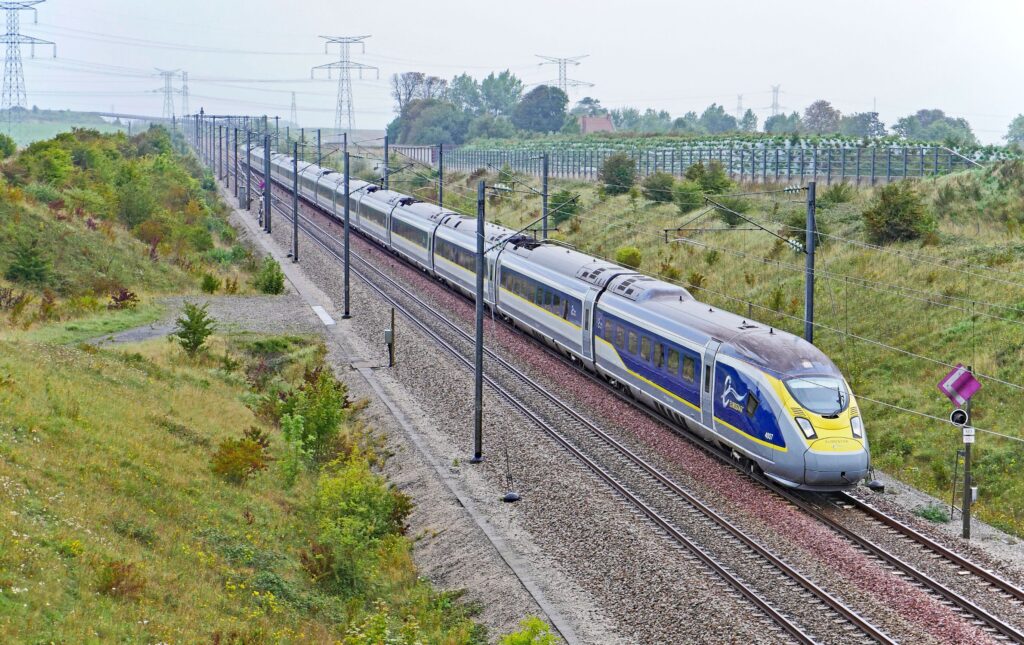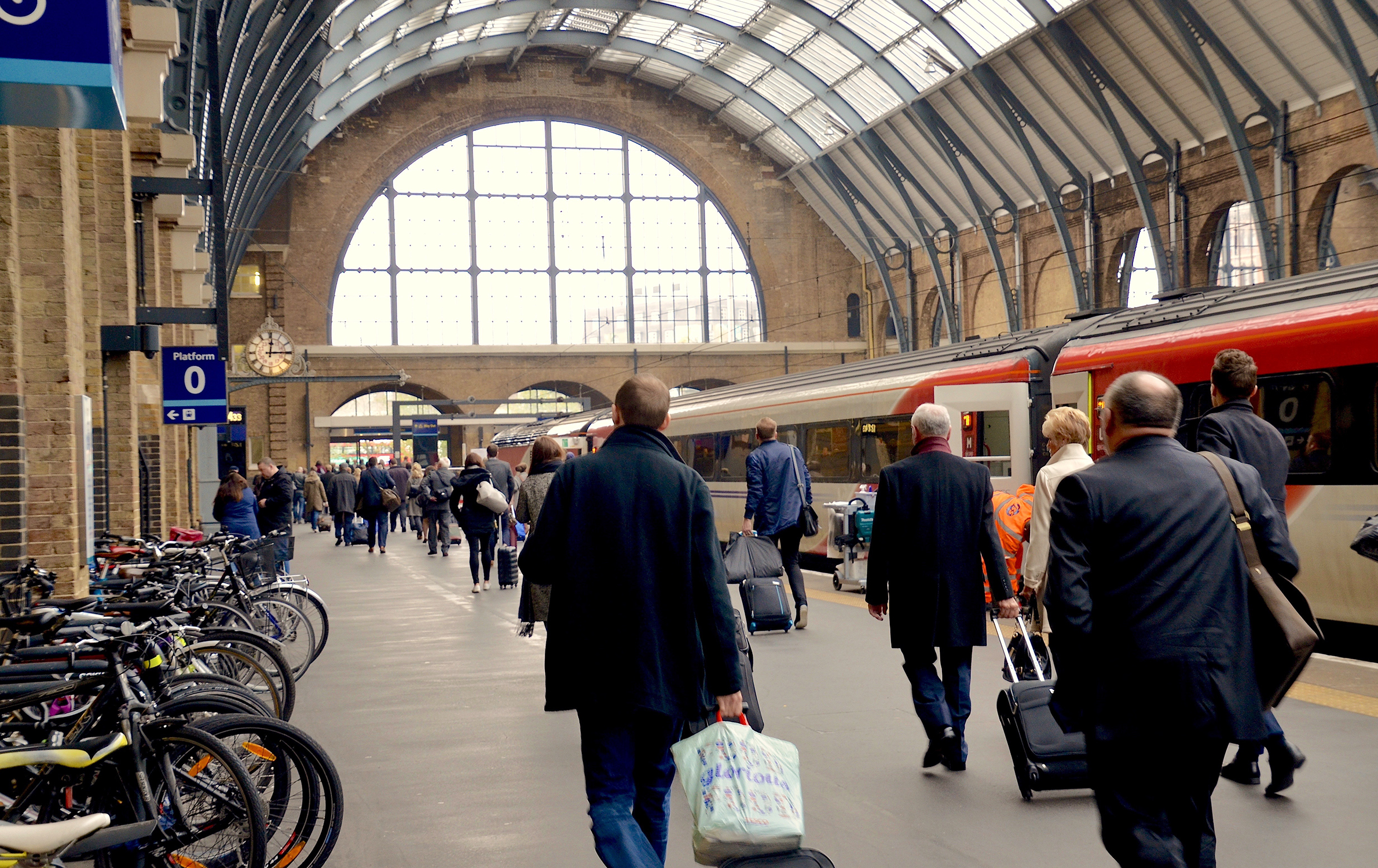The arrival of the new Labour government ensures that Great British Railways (GBR) will move from an ethereal transition organisation into reality, with the primary legislation required included in the King’s Speech in Parliament last week.
The headlines around GBR have been led by the new government’s plan to bring all the current franchised operators under public control, a deviation from the original Williams-Shapps Review plan which was based around a concession model with private operators. A different but relevant issue is how the “guiding mind”, the centrepiece of GBR proposals, will lead and develop the railway and how this fits around greater devolution of power to Metro Mayors as proposed by Angela Rayner, who is also now exploring greater devolution for the non-Mayoral authorities, all set against a backdrop of likely funding constraints.
When GBR is formed it is likely to be focussed on the immediate operational and financial issues the railways face, notably poor service reliability, and the ongoing shortfall in revenue relative to the pre-COVID-19 position. Whilst current industrial relations issues might be resolved, staff relations and availability might well continue to be challenging. The opportunity to integrate and remap operations to generate financial savings will be likely to absorb management time. All of this will be a distraction from the long-term development of the rail network, and may risk, in the short term, the organisation becoming risk averse as it focuses on tackling operational issues.
How then can the new organisation also provide the breadth and depth of understanding to develop the network and support the government in its five strategic priorities for transport? Of these priorities, three require the railway to interact with other modes and support the communities they serve:
- Improving performance on the railways and driving forward rail reform.
- Improving bus services and growing usage across the country.
- Transforming infrastructure to work for the whole country, promoting social mobility and tackling regional inequality.
- Delivering greener transport.
- Better integrating transport networks.
The solution to this is to embrace local and regional government through both mayoral and non-mayoral authorities. The Williams-Shapps Review defined a framework for GBR, however devolved bodies are mentioned only in the very specific context of services where governance of train operators has been devolved such as in Scotland and Merseyside. Greater devolution to mayoral and other authorities, irrespective of whether they have a governance role over an operator, provides a mechanism to ensure greater local involvement in rail services.

Over the course of this parliament, whilst GBR develops and focuses on reorganisation with the objective of producing a streamlined and operationally capable organisation, the devolved authorities can provide support and direction through the continued development of local and regional services. This will be crucial based on their embedded knowledge and understanding of their transport network and economies. This is not a new idea and there are already multiple organisations providing varying levels of input to the direction of their rail services, but approaches vary and delivery has been complicated by the need for interfaces with multiple train operators plus Network Rail. GBR in contrast should be able to take a whole industry perspective whilst also being mindful of the wider societal benefits of rail investment.
History shows us that strong devolved bodies, working with a vertically integrated railway, can produce impressive results. The former West Yorkshire PTE (WYPTE – now West Yorkshire Combined Authority) working with British Rail is an excellent example of this.
From the early 1980s, at a time when the railways as a whole and regional services in particular were at a low ebb, WYPTE invested heavily in both funding improved services, supporting the reopening of stations and even purchasing rolling stock. In some cases, such as the routes from Leeds to Ilkley, this support helped avoid closure proposals. Over the period 1980/81 to 1985/86 demand for local rail services in West Yorkshire grew by 27% (West Yorkshire Rail Policy Review, WYPTE 1987) during which time journeys nationally fell by 10% (ORR: Table 1220: Passenger journeys, Great Britain, January 1872 to March 2024). This provided the foundations for the busy network that exists today in the region.
Fortunately, even despite current issues, the railways are in a much stronger position than they were 40 years ago, and demand for regional services has grown hugely in the last 20 years.
In the 21st century, rail needs to play its role in decarbonising the transport system through mode shift along with contributing to reducing inequality and promoting social mobility. Overall, it might mean a need for investment decisions that favour social over financial benefit.
On top of this, ambitious plans for building new homes need infrastructure to match. Devolved authorities are much better placed to address this than bodies such as GBR and can provide the link between local plans and housing targets, and the railways. The process would involve prioritising where new or improved stations are required and setting out where services could be enhanced.
Critical to ensuring a successful approach, however, is the need for funding. As Simply Red and the new government remind us – “money’s too tight to mention”. But what money is available from the public purse needs to be provided in a way that ensures a consistent ongoing funding settlement. The Metro Mayors are already lobbying for multi-year funding settlements to address this.
The private sector however can have a key role in helping public funding stretch further. Much more so than other parts of the public sector (such as hospitals and schools), railways lend themselves to private sector infrastructure investment. New stations in particular require upfront capital but generate a revenue stream to pay back a private investment. Schemes with a mix of public and private funding would spread the funds available from the public purse further. Mechanisms to achieve this already exist, but clear direction from government would play a major role in providing confidence to investors.
So together a newly restructured rail network could work successfully in partnership with devolved bodies to provide the local understanding needed for the network to grow and evolve, whilst the private sector can have a continued but altered role to the one it has held for the last 30 years.

- markets
High Speed Rail
Read more sur High Speed Rail

- services


 Australia
Australia  Brazil
Brazil  Canada
Canada  Chile
Chile  China
China  Columbia
Columbia  Denmark
Denmark  Egypt
Egypt  France
France  India
India  Indonesia
Indonesia  Italy
Italy  Malaysia
Malaysia  New Zealand
New Zealand  Norway
Norway  Panama
Panama  Peru
Peru  Poland
Poland  Portugal
Portugal  Saudi Arabia
Saudi Arabia  Singapore
Singapore  South Korea
South Korea  Spain
Spain  Sweden
Sweden  Taiwan
Taiwan  Thailand
Thailand  Türkiye
Türkiye  United Kingdom
United Kingdom  United States
United States  Vietnam
Vietnam